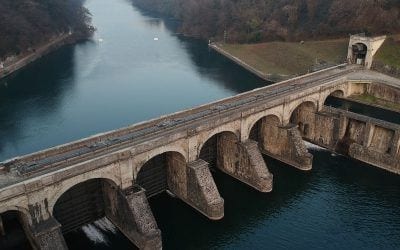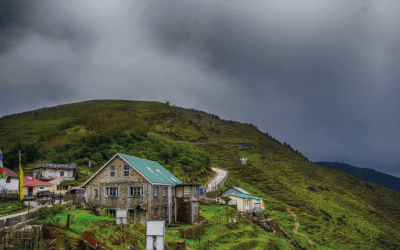AUTHORS
Antonio Piazzi, Mauro Tucci, Fabrizio Ruffini, Emanuele Crisostomi
ABSTRACT
This work presents the results of the applicationto four hydropower plants in Europe, with a total power of1.4GW, of a recently developed monitoring and early diagnosticmethodology. The innovative approach is based on data-drivenand machine learning tools, such as Self-Organizing Maps,allowing an unsupervised learning of the global health stateof the plant, and, at the same time, allowing to discriminatethe plant variables involved in a faulty behaviour. A number ofrelevant incipient malfunctions were detected in early stage byour approach, during one year of operation in four plants, whichare of different size and use different technologies. The feedbackfrom the plant operators was very positive, with respect to thecapacity of the system to reveal incipient faults, which were, inmost cases, not properly detected by the traditional monitoringsystems installed in the plants.Index Terms—Hydropower plants, Self-Organizing Maps, ma-chine learning, condition monitoring, early detection.




